Collections

Standing left to right: Appel, Elburg, Kouwenaar
Sitting: Wolvecamp, Corneille, Constant, Neuwenhuys, Brands, Rooskens.

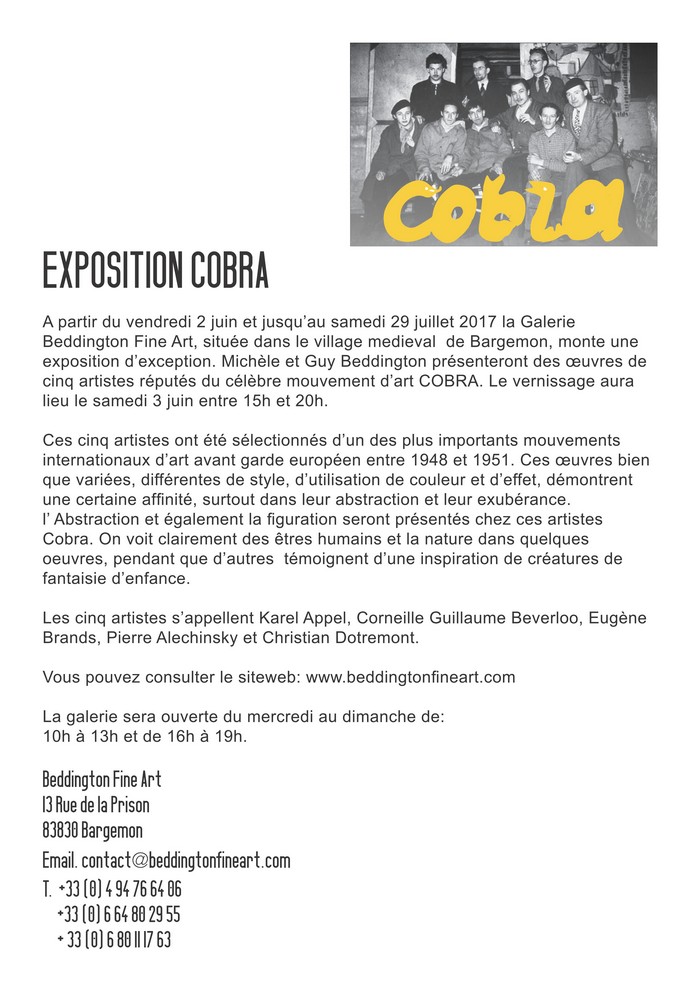
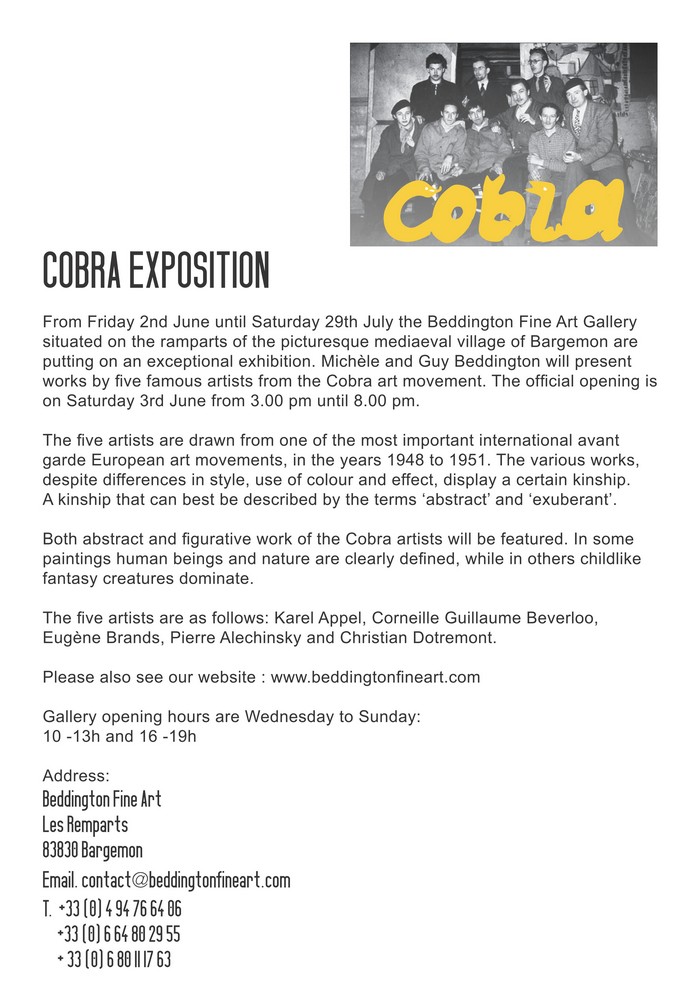
Corneille 1952 – 2010
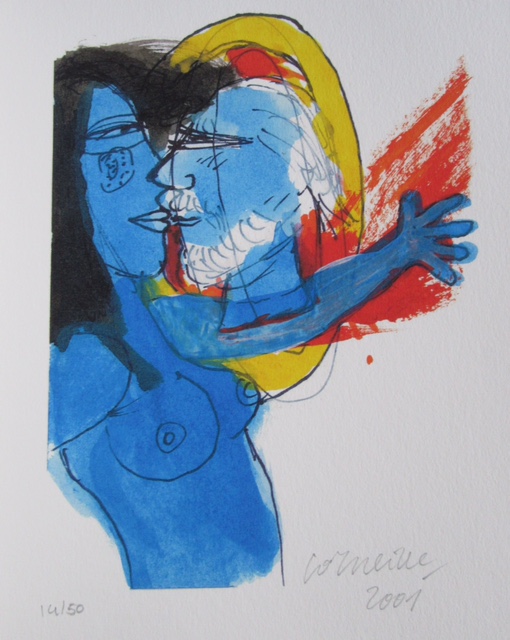
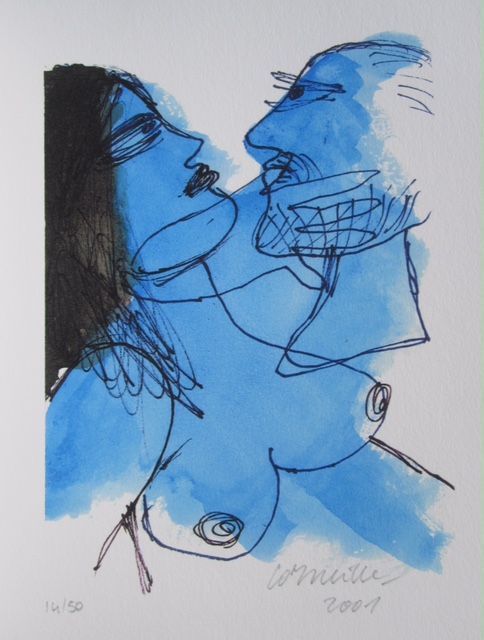

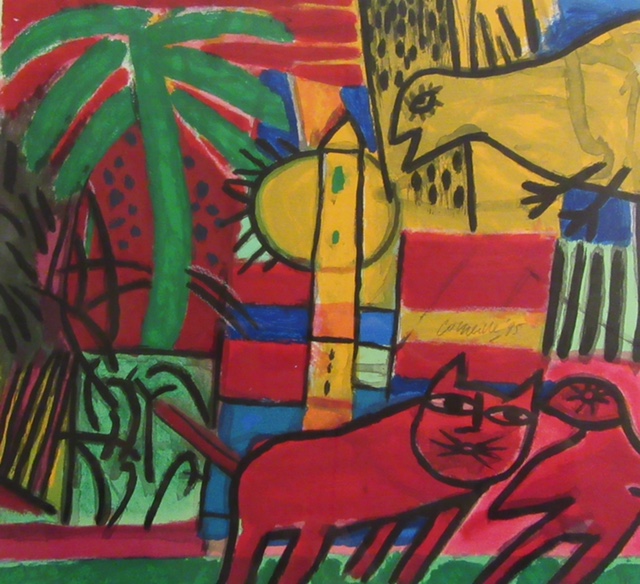
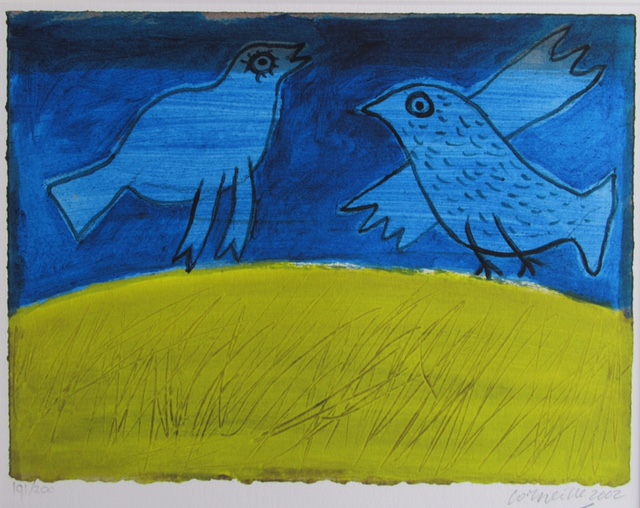


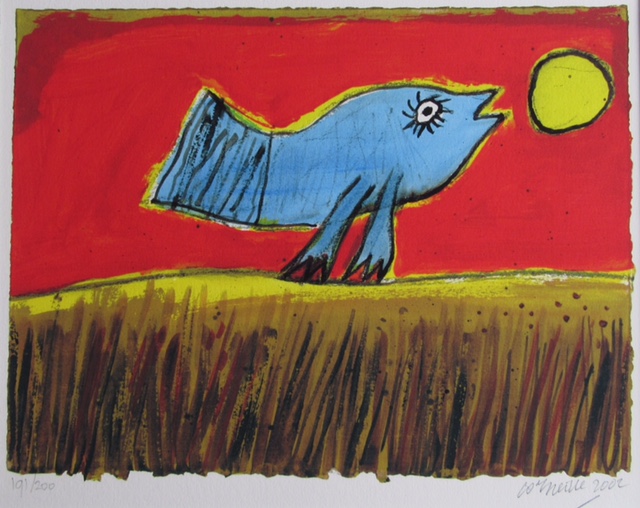
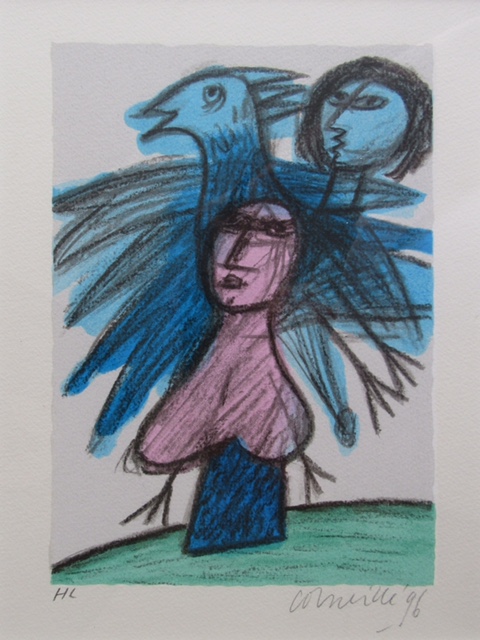
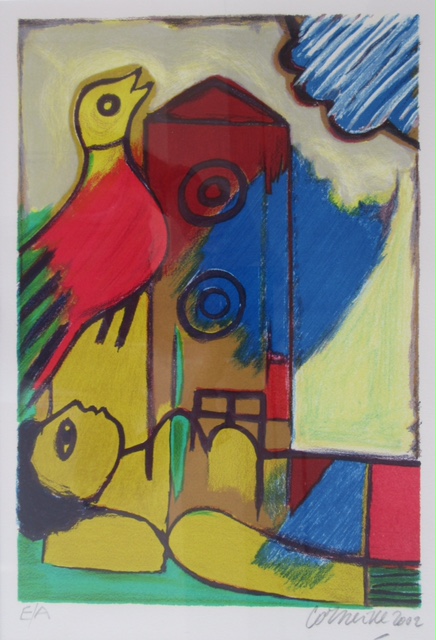
Raoul DUFY
and his contemporaries
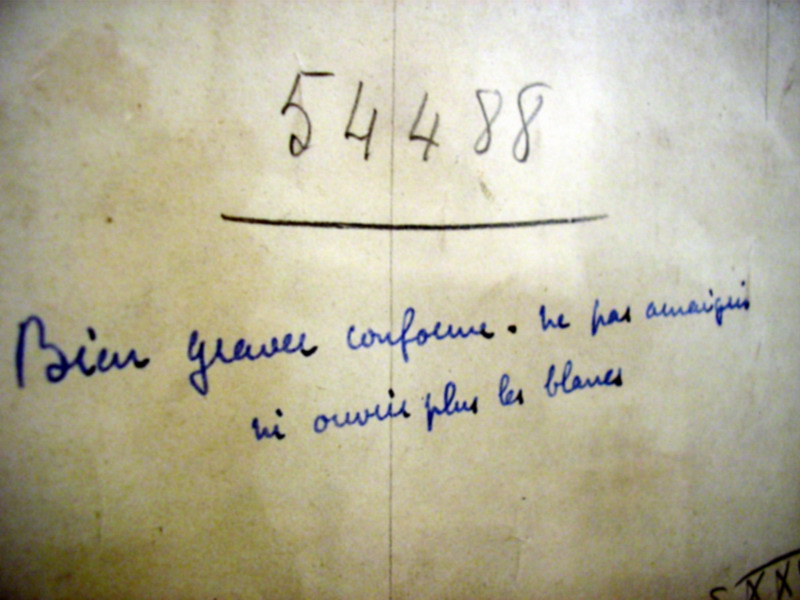
Raoul DUFY et ses contemporains chez Bianchini Férier
History of Bianchini Férier
Messrs Atuyer, Bianchini and Férier founded their silk-manufacturing business in Lyon on 23rd July 1888.
This relationship was to last until 1928 and encompassed no less than 4,000 original designs, which represent undoubtedly the most influential oeuvre relative to the Applied Arts in the 20th century.
Bianchini Férier contiinued to work with the Fashion Houses, Worth, Lanvin, Patou etc and survived the Depression thanks, in the main, to their entry into the Prêt à Porter and tie-manufacturing markets.
The post-war period saw the expansion of their scarf-manufacturing for Hermès and Jacques Fath, among others, and, from the early sixties, Bianchini Férier created superb designs for Givenchy, Balenciaga, Cardin,Chanel Dior, Feraud, Laroche, Nina Ricci, YSL and Scherrer.
Bianchini Férier exists today, albeit under a different name as this historic House was first taken over by Tissages Bauman in 1992 and then, more recently, by Cédric Brochier.
In 1999, a part of their Archive, ‘Les Grands Livres’, comprising 191 books containing 25,000 textile samples was purchased by the State for the Textile Museum in Lyon.
Coming from the same unique Archive, this beautiful and varied collection of watercolours, gouaches and empreintes bears testimony as much to his French and Italian co-contributors, as it does to the Great Master, Dufy, himself, for their enormous contribution to the evolution of the Decorative Arts in the 20th century.
Histoire de Bianchini Férier
Messieurs Atuyer, Bianchini et Férier ont fondé leur maison de fabrication de soie à Lyon le 23 juillet 1888.
Médaille d’argent cette premiere année à l’Exposition Universelle de Paris de1889 ; ainsi a commencé un siècle de succès. La maison a ouvert de suite des bureaux à Paris en 1897, Londres et Bruxelles en 1902, New York en 1909. En 1912 Bianchini a signé un contrat avec Raoul Dufy, brillant créateur de dessins pour Paul Poiret.
Cette relation a duré jusqu’en 1928 et a donné naissance à pas moins de 4000 dessins, représentant une oeuvre monumentale dont l’influence a touché profondément les arts appliqués du 20ème siècle.
Bianchini Férier continua à travailler avec les Maisons Worth, Lanvin, Patou, etc, et a survécu à la dépression grâce à son entrée dans le marché du Prêt à Porter et à la fabrique de cravates.
La période d’après-guerre a vu une expansion de sa fabrication d’écharpes pour Hermès et Jacques Fath, parmi d’autres et, dès les annèes 60, Bianchini Férier a créé de très beaux dessins pour Givenchy, Balenciago, Cardin, Chanel, Dior, Feraud, Laroche, Nina Ricci, YSL et Scherrer.
Bianchini Férier existe toujours, quoique cette maison historique fasse partie de Tissages Bauman depuis 1992, qui rachetée dernièrement par Cédric Brochier.
En 1999, une partie de leurs archives, ‘Les Grands Livres’, qui comprend 191 livres contenant 25 000 échantillons de textiles, a été acquise par l’Etat pour Le Musée Historique des Tissus à Lyon.
Provenant de cette archive extraordinaire, cette belle collection d’aquarelles, gouaches et empreintes, fait autant honneur aux confrères italiens et francais de Dufy, souvent anonymes, qu’au Grand Maître, pour leur contribution profonde à l’évolution des arts décoratifs du 20ème siècle.





























Pablo Picasso
Projet de Foulard ‘Tauromachie’
En Novembre 1950, Picasso, en Angleterre pour la Conférence sur la Paix, se rend chez ses grands amis, l’artiste surréaliste Roland Penrose et la photographe Lee Miller. Chez eux il peint l’aquarelle originale de ce dessin sur les deux premières pages du futur livre d’or de l’Institut d’Art Contemporain fondé par Penrose qui ouvrira ses portes le mois suivant.
Ce foulard en soie a été réalisé par la maison Ascher à Londres (voir le catalogue de leur exposition au Victoria and Albert Museum) pour être vendu au profit de l’Institut d’Art Contemporain.
Selon tous les éléments que nous avons pu recueillir, ou bien ce projet a échoué avec la création de seulement trois foulards comme épreuves d’artiste, ou bien et ceci d’après l’Archive Penrose / Miller, l’édition s’est créée comme prévu, à cinquante exemplaires.
Picasso a retenu deux foulards qu’il a donnés à l’une de ses proches amies.
L’un des deux est exposé à Beddington Fine Art.
‘Tauromachie’ silk scarf project
In England to attend the peace Conference in November 1950, Picasso visited his close friends Lee Miller and her husband Roland Penrose, the surrealist artist, and painted the original of this design as the frontispiece for the Visitors’ Book for the Institute of Contemporary Art that Penrose was to open the following month.
This printed silk scarf was intended as a limited edition of up to fifty examples to be sold for the benefit of the ICA and was created at the Zilka Aschers’ fashion house in London.
Picasso returned to France with two examples which he gave to a close friend. One of these is currently on show in our gallery.
Pierre Cornu
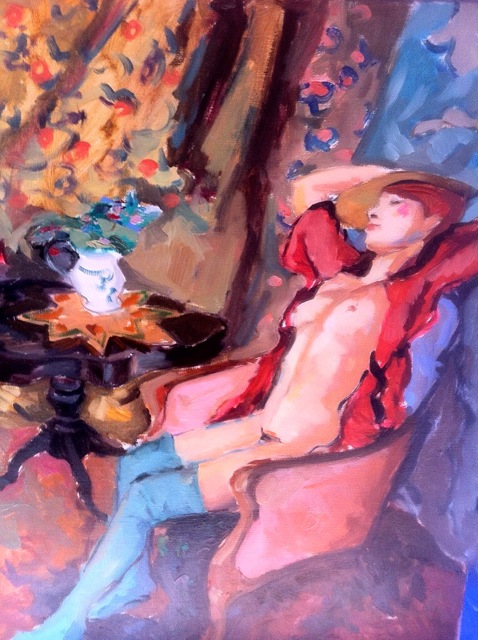
Oil on canvas / Huile sur toile
Signed studio stamp verso / tampon d’atelier signé
Dim : 6I x 46 cm
Born in 1895 in Provence into a wealthy oil and soap trading family, Pierre Cornu was able to satisfy his passion for depicting beauty in all its aspects throughout his long life. His works were exhibited in major Parisian Salons and often in the company of his colleagues Chabaud and Seyssaud in Marseille
Whilst his figurative work exemplifies his sophisticated and loving treatment of the invariably beautiful ladies painted in his studio, Cornu’s vibrant landscapes and highly coloured still lives bear testament to a worthy Provençal successor of Matisse and Bonnard.
Né en 1895 en Provence dans une famille aisée de négoce en huile et en savon, Pierre Cornu put satisfaire sa passion et peindre la beauté sous tous ses aspects pendant sa longue vie. Ses œuvres furent exposées dans les grands salons parisiens et souvent en compagnie de ses collègues Chabaud et Seyssaud à Marseiile.
Pendant que son travail figuratif exemplifie son approche sophistiquée et aimante pour les belles femmes peintes dans son atelier, les paysages vibrants et les natures mortes très colorées de Cornu sont le testament d’un successeur provençal digne de Matisse et de Bonnard.
